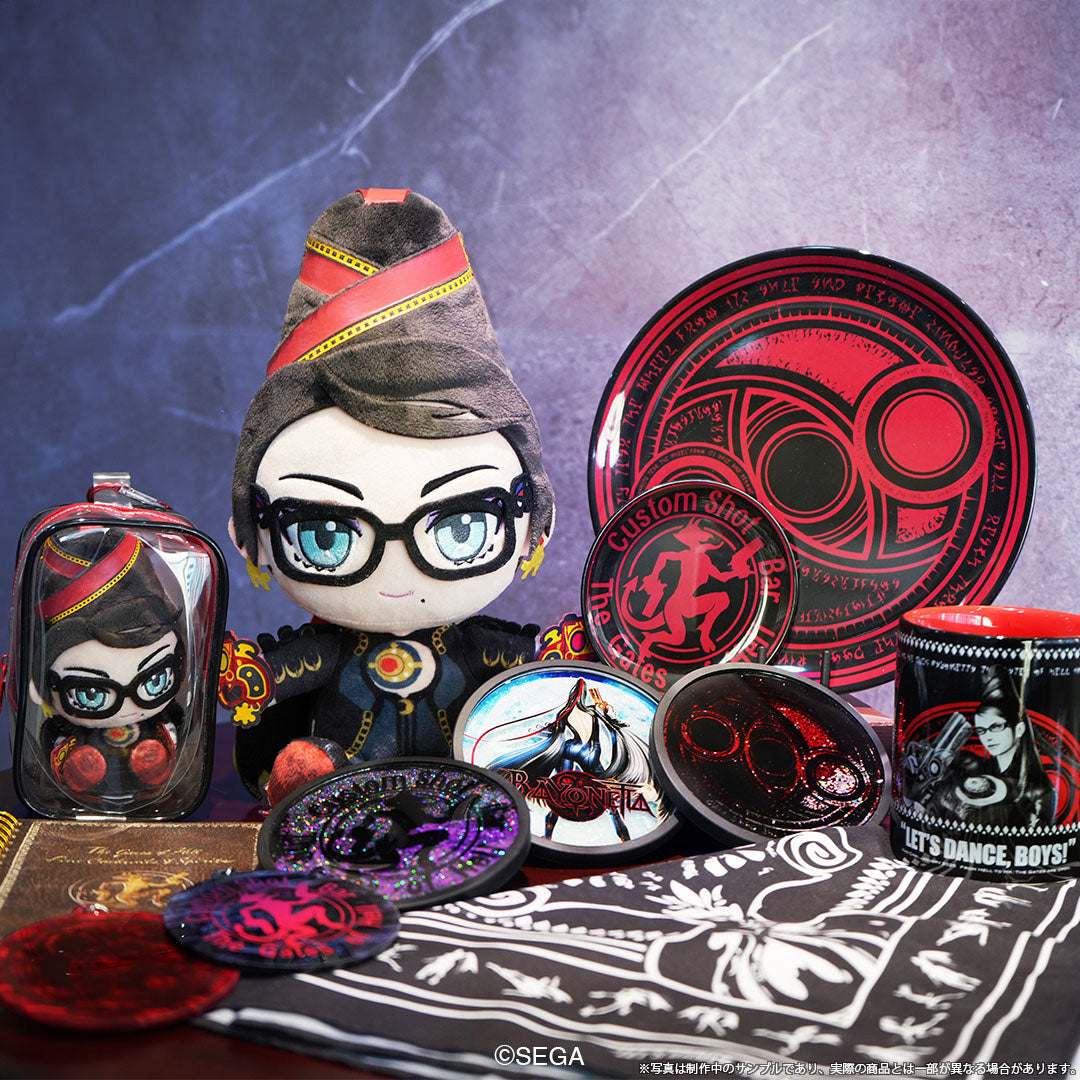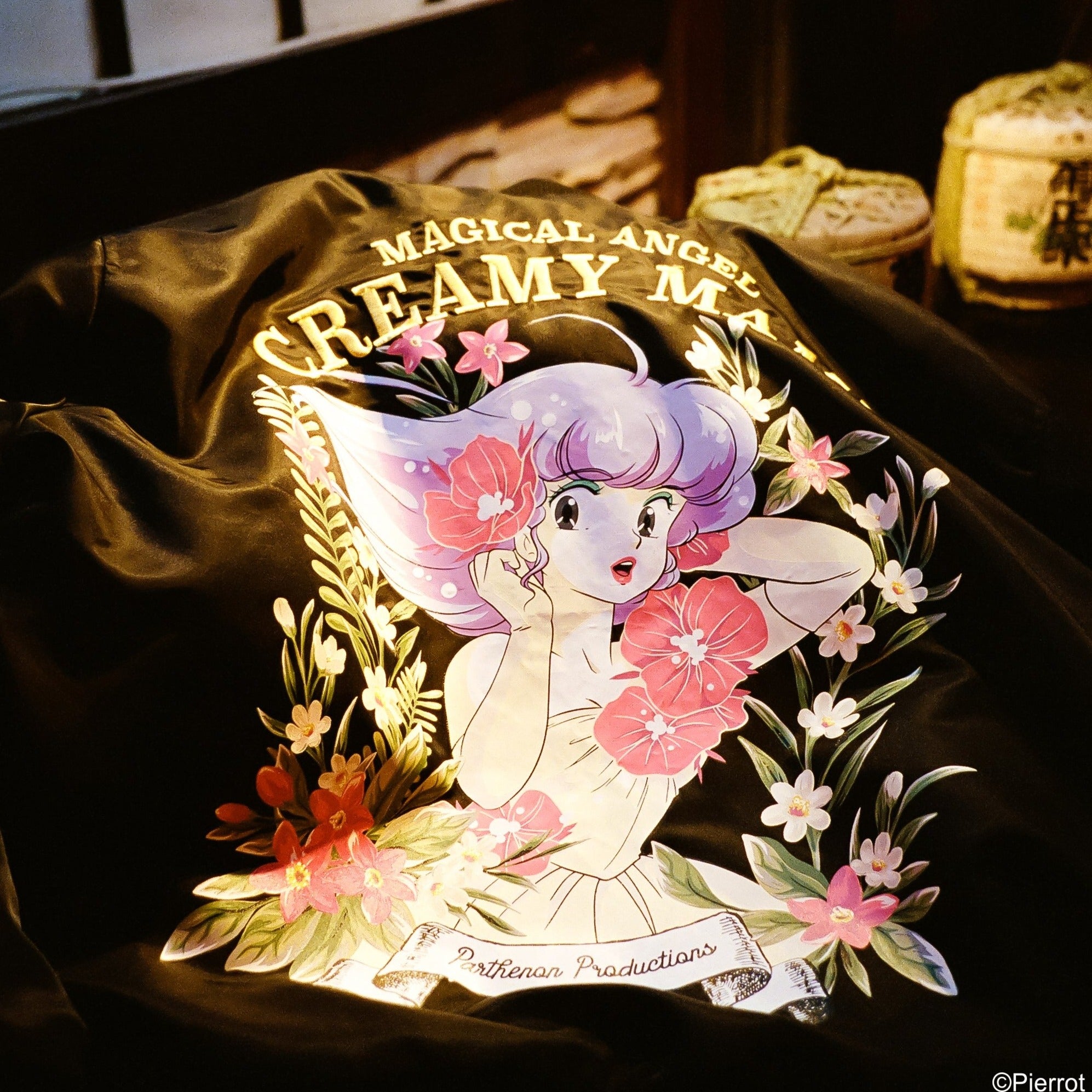Article: 【Furusato P (Producer) Anime Path】Episode 14: "The Only Thing I Could Do Was Anime Despite Being Mediocre at Everything Else (Part 2)"
【Furusato P (Producer) Anime Path】Episode 14: "The Only Thing I Could Do Was Anime Despite Being Mediocre at Everything Else (Part 2)"
Continuing from the previous part, I will write the latter half.
Furthermore, I was greatly influenced by a particular piece of music. It's the track "Susanoo-no-Mikoto" from the album "Miroku" by the artist Ryusuke Seto. This progressive rock combines traditional Japanese and rock elements. It tells the story of Susanoo-no-Mikoto, including the scene where he defeats the Yamata-no-Orochi. It’s the kind of song and music that conjures up images as you listen to it.
I first heard it on the radio during my high school years, and I also saw it on TV. The combination of traditional Japanese instruments and electric guitars was quite refreshing. I distinctly remember how thrilled I was when I found the album in a record store in Shinjuku when I was 20. However, this record has never been released on CD. So, I digitized the record and now listen to it as an MP3 file. Interestingly, the English version of "Miroku" has been released on CD, which I bought without hesitation. To be honest, I still hope that the Japanese version will be released someday.
I have loved eclectic music that blends Japanese and Western styles ever since high school. Perhaps that's why I asked Yuki Kajiura to compose the music for "My-HiME." Akiko Shikata's compositions for "Cross Ange: Rondo of Angels and Dragons" also have an ethnic music vibe with a Japanese touch. It's a style that I truly love.
It seems that "Susanoo-no-Mikoto" became something I loved not only in terms of music but also within the stories and characters I had created in my imagination. When I encountered Takarazuka in 2004 and saw the Snow Troupe's performance of "Susanoo," I was amazed at how closely it matched the imagination I had since high school. Asami Hikaru, who played the lead role of Susanoo, genuinely looked like Susanoo to me!
I was also impressed by how they portrayed the enemy Yamata-no-Orochi. A beautiful yet eerie young man appeared, representing the transformed Yamata-no-Orochi. When he reverted to his true form, about 30 to 40 performers on stage used large fan-like props in a group dance to represent the eight heads and necks of the dragon, with the fans appearing as the scales of the dragon's body. This was a captivating stage presentation, but I realized that it would be incredibly useful if it were ever adapted into an anime.
I love the protagonist Susanoo-no-Mikoto, but in fact, I also really love the enemy Orochi, which is a dragon. Naturally, I love ascending dragons and descending dragons as well. I also adore the paintings of the "crying dragon" found in temples. Consequently, I am fascinated by dragon veins. When working on "Outlaw Star," there was a setting motif based on the cosmic dragon veins, which I was secretly excited to handle. Western dragons are my next favorite. I also like three-headed dragons (laughs).
By the way, in the final episode of " Gear Fighter Dendoh," there is an enemy modeled after a seven-headed dragon. In "Cross Ange: Rondo of Angels and Dragons," human males transform into dragons, and it is a story about the girls who are dragon hunters.
As for my love for Japanese mythology, it started with Susanoo-no-Mikoto. From there, I began reading the "Kojiki" and the "Nihon Shoki." This was during my high school years. In anime, Toei Animation's theatrical version of "The Little Prince and the Eight-Headed Dragon" features a scene where the child Susanoo, riding on the heavenly horse Amanohayakoma, flies through the air and defeats the Yamata-no-Orochi in an aerial battle, which is a must-watch. When I saw this movie broadcast on TV during high school, I genuinely thought it was amazing. Incidentally, Hayao Miyazaki was also involved in this work.
I preferred Japanese science fiction over hard sci-fi from overseas. Simply put, it was difficult for me to understand more complex science fiction (science fiction) due to the differences in culture, environment, and religion. I lacked the comprehension skills.
Like with science fiction, I also read Greek mythology, Indian mythology, and Norse mythology, but Japanese mythology remained my favorite. Although it's not something I can openly say, I also enjoy reading what are considered apocryphal texts and ancient Japanese writings such as the "Takeuchi Document," the "Fuji Document," and the "Kuki Document" as fantasy. Being from Aomori Prefecture, I also read the "Tsunokakushi" as a fantasy.
Additionally, I was greatly influenced by Go Nagai's "Demon Lord Dante," which I read as a child. It made me think deeply about the definitions of gods and demons. I also love Ken Ishikawa's "Majū Sensen." I own the first edition of the tankobon. It is a bible for my heart.
From these works, I felt like I was being told, "Don't just swallow the information in front of you!!" and "Look and think from various angles!" These have become one of the foundations of my way of thinking.
Furthermore, the novel I read in middle school—Ryu Mitsuse's "Ten Billion Days and One Hundred Billion Nights"—also had a significant impact on how I thought about things during those impressionable years, alongside "Demon Lord Dante." The manga adaptation of "Ten Billion Days and One Hundred Billion Nights," illustrated by Moto Hagio, was incredibly fascinating as well.
This novel and manga describe a future 5.67 billion years from now when Miroku's salvation will occur. However, if you think about it realistically, by that time, the sun will have expanded into a red giant. This means Earth will be too hot for life to survive. So, the notion of future salvation seems synonymous with there being none at all. What, then, does salvation mean in this context? As a middle schooler, I pondered the end of humanity, the end of the Earth, and the end of the solar system. Considering the human lifespan, I understood that thinking about such a distant future might be pointless, yet I couldn't help but ponder questions with no clear answers.
Incidentally, I was also greatly influenced by the manga in the monthly magazine "Manga Shōnen" (1976-1981), which I started reading in middle school. I absolutely loved Keiko Takemiya's "Toward the Terra..." and thought a lot about the evolution of the human species.
Looking back, in the upper grades of elementary school, I used to draw manga in notebooks with my friends and pass them around for a few friends to read. Including myself, maybe three of us drew manga? Honestly, the other two were much better at it than I was. My panel layouts, stories, and drawings were all terrible. If I had been good at it, I would have become a manga artist, but I wasn’t, so I didn’t (laughs).
In the first year of middle school, my female homeroom teacher had the entire class keep an exchange diary. In hindsight, I think the teacher must have had a tough time keeping up with it. At that time, I wrote honestly about my daily experiences and thoughts, but after a while, I started writing short sci-fi stories. How many did I write? Unfortunately, I no longer have that notebook, but I think I wrote about 20 to 30 stories.
I also tried my hand at writing a long novel but couldn’t complete it. As a result, I didn’t become a novelist either. I'm sorry, I couldn't make it. That's right. Despite having the desire, I couldn't continue writing for long, nor could I pursue a professional career. Even after moving to Tokyo and enrolling in a photography vocational school, I realized that I lacked the talent to become a professional photographer.
Around the age of 20, I was unsure of what career I should pursue. What suited me? What was I good at? I wanted to turn my passion into my job, but I also began to understand that it wasn’t that simple. Even with dreams and hopes, I faced the reality of how to move forward into the future. It was a deeply troubling time.
After graduating from vocational school, I started working part-time at a small photo shop in Nishi-Ogikubo. While working there for about six months, I thought hard about my future and decided to follow the light that seemed promising. That’s when I thought the animation industry might be interesting!
The film, television, and video industries didn’t seem attractive to me. As someone who loved reading manga, I also considered the publishing industry, but I felt happier reading from the outside. The gaming industry was just beginning, and information about it hadn’t reached me yet.
The anime I watched as a child, especially those made by directors like Yoshiyuki Tomino, Hayao Miyazaki, and Osamu Dezaki, sparkled brightly in my eyes. Then, one day, I found a job listing for production assistants at Nippon Animation in a daily job news flyer at a bookstore. I realized this was the company that produced Hayao Miyazaki’s "Future Boy Conan!" Motivated, I called Nippon Animation, went for an interview, and got hired.
Later, I worked under Hayao Miyazaki at Studio Ghibli on "Castle in the Sky." Eventually, I joined Sunrise, where Yoshiyuki Tomino, the director of "Gundam," was, and continued working as a production assistant. However, interestingly, I never got to work on anything related to "Gundam" at Sunrise. I had no luck there, which was quite disappointing.
Why was I able to join the production companies and work with the directors whose anime I loved watching? The truth is, I never thought, "I absolutely must get in there!" It felt as if these opportunities appeared before me naturally, and I ended up joining.
Was it my subconscious desires calling out or drawing me closer? Was it a coincidence that was meant to be? Regardless, I have been able to continue working in the anime industry from the age of 21 until now at 63. I don’t have the talent to draw manga, write novels, direct, or produce.
But then, I realize something: since I couldn't take photos or draw, I thought it would be best to let the extremely talented professionals do it. That's how I became a producer. Moreover, I was able to continue doing it for a long time. I somehow managed to find where I belonged and what I should be doing. Now, I realize how important it is to do what you love.
But more importantly, I think the most crucial thing is to keep doing it for a long time without getting bored. Work is like rice. You can eat rice every day without getting tired of it, no matter how many years go by. At 63, I’ve never gotten tired of rice. I feel that the key is to keep doing something daily without getting bored. Fortunately, I found that for myself.
That’s the "anime path."
Moreover, just like the saying "The soul's habits are formed by the age of three," the myths, stories, and music I read, watched, and loved as a child became the motivation and inspiration for creating anime. Since I couldn’t do it myself—couldn’t write, couldn’t draw—I developed a habit of viewing things objectively. I believe this objective perspective makes me well-suited to being a producer. Although I took a roundabout way, in hindsight, it might have been meaningful.
There are probably thousands or even tens of thousands of different jobs. Choosing the one that suits you is incredibly difficult. Additionally, you can’t know if a job suits you until you actually try it. The objective opinions of parents, friends, and seniors are also important factors, not just your own opinion.
If this two-part story has been of any help to young people, I would be very happy.
P.S.:
I've also started the YouTube channel "Furusato P Anime Road" today, so please make sure to subscribe and check it out.
🔻Here is the link
https://www.youtube.com/channel/UC_jrvVljSFUhGmxpCvYuq5A
🔻Furusato P Photo Album: This Week's Photo
Naotake Furusato
Born on May 3, 1961, in Aomori Prefecture, Japan, began his career in the anime industry in 1982 as a production assistant at Nippon Animation. By 1985, he was working as a production assistant on Studio Ghibli's "Castle in the Sky." In 1987, he joined Sunrise, where he contributed as a production progress staff, setting creator, production desk, and assistant producer (AP) on projects like "Mister Ajikko" and the "Brave Series." He was promoted to producer starting with "Future GPX Cyber Formula SAGA" and went on to plan and produce 14 original animation titles, including "Outlaw Star," "GEAR Fighter Dendoh," "Go! Machine Robo Rescue," "Mai-HiME," and "Mai-Otome."
In February 2011, Furusato established his own planning company, Odd Eye Creative, Inc. He served as planner and producer for series such as "Phi Brain: Puzzle of God" and "Cross Ange: Rondo of Angels and Dragons." He also assisted in planning "Revue Starlight" and participated as an associate producer on "Grendizer U." Currently, he is involved in the gaming sector and is preparing new projects.





Leave a comment
This site is protected by hCaptcha and the hCaptcha Privacy Policy and Terms of Service apply.